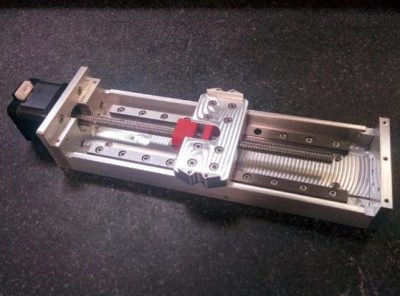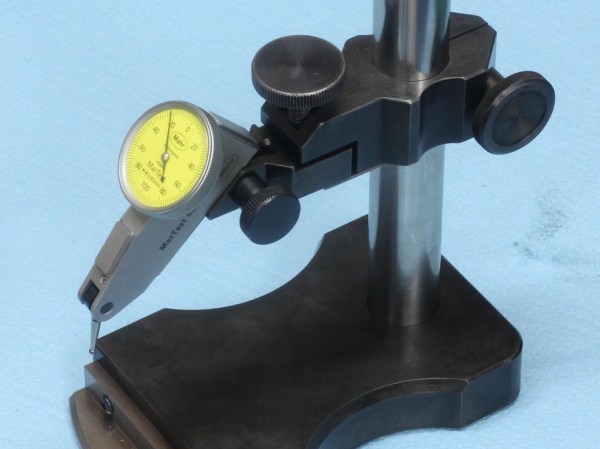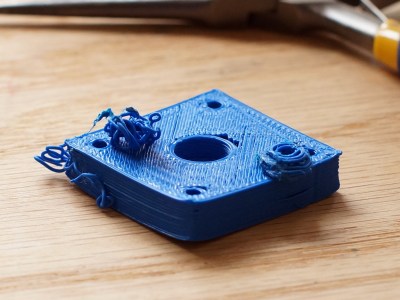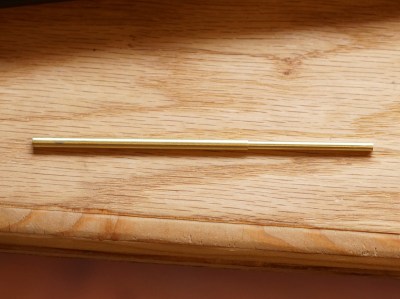As anyone who has experimented with their own home-made CNC machinery will tell you, precision isn’t cheap. You can assemble a gantry mill using off-the-shelf threading and kitchen drawer slides. But it’s a safe assumption that if you put the tool at a particular position it won’t be quite at the same position next time you return. But if you take your budget from dirt cheap to reasonably priced you can do much better. [Adam Bender] designs high-precision automation systems for a living, so when he needed a precision linear stage for a personal project he achieved micron level accuracy for under $500.

He explains the problem of backlash with an inexpensive lead screw — the wiggle between threaded components that cause positional chaos. His solution uses two nuts preloaded against each other with a spring. There is still a stick-slip issue; a tendency to move in lurches due to differences between the coefficients of static and dynamic friction between the materials. Careful choice of machining stock for the nut to picking materials in which these coefficients were almost identical reduced the stick-slip to as little as possible.
He goes into significant detail on the design, manufacture, and testing of all the components of his stage, its body, sealing system, and control. If you are a precision CNC guru maybe you’ll find it interesting as a cleverly designed component, but if you are a mere dilettante you’ll find it fascinating to read a comprehensive but accessible write-up from a professional in the field.
This build probably goes a step beyond most we’ve featured in the past, but that’s not to say we’ve not seen some pretty good efforts.















